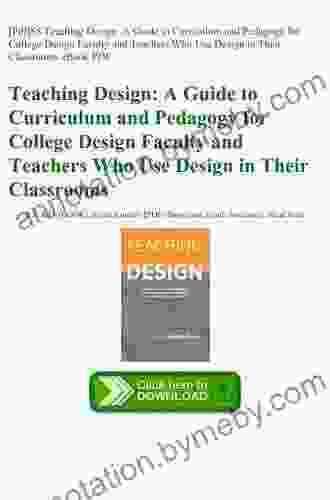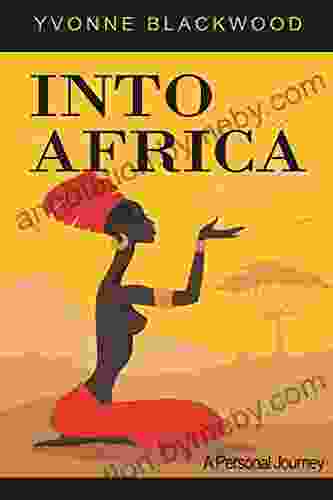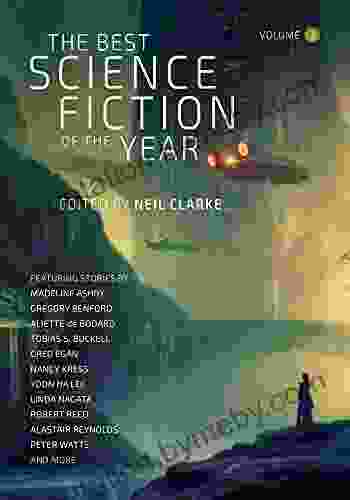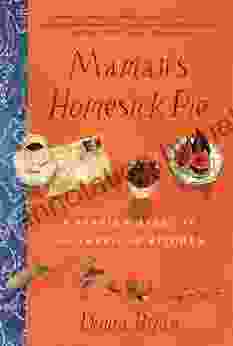A Comprehensive Guide to Curriculum and Pedagogy for College Design Faculty and Teachers

In the rapidly evolving field of design, it is essential for college faculty and teachers to stay abreast of the latest curriculum and pedagogical approaches that foster student learning and creativity. This comprehensive guide provides educators with the knowledge and strategies they need to effectively design and implement innovative curricula and teaching methods.
4.1 out of 5
| Language | : | English |
| File size | : | 5824 KB |
| Text-to-Speech | : | Enabled |
| Enhanced typesetting | : | Enabled |
| Print length | : | 218 pages |
| Screen Reader | : | Supported |
Chapter 1: Understanding Curriculum Design
This chapter explores the fundamental principles of curriculum design, including the different types of curricula, the factors that influence curriculum development, and the importance of alignment between curriculum, pedagogy, and assessment.
Key Points
- There are three main types of curricula: prescribed, emergent, and negotiated.
- Curriculum development should be informed by research on student learning, best practices in design education, and the needs of the community.
- Alignment between curriculum, pedagogy, and assessment is essential for effective teaching and learning.
Chapter 2: Pedagogical Approaches for Design Education
This chapter examines a range of pedagogical approaches that are particularly effective in design education, including project-based learning, studio-based learning, and problem-based learning.
Key Points
- Project-based learning allows students to apply their knowledge and skills to real-world design projects.
- Studio-based learning provides students with a hands-on, immersive learning environment.
- Problem-based learning challenges students to solve complex design problems.
Chapter 3: Creating an Inclusive and Equitable Learning Environment
This chapter emphasizes the importance of creating an inclusive and equitable learning environment for all students, regardless of their background or experience. It explores strategies for addressing diversity, fostering a sense of belonging, and providing support for students with different learning needs.
Key Points
- Diversity in the classroom enriches the learning experience for all students.
- Fostering a sense of belonging helps students feel valued and supported.
- Providing support for students with different learning needs ensures that all students have the opportunity to succeed.
Chapter 4: Assessment in Design Education
This chapter discusses the importance of assessment in design education, including the different types of assessment, the principles of effective assessment, and the use of assessment to inform teaching and learning.
Key Points
- Assessment is an essential part of the learning process.
- There are a variety of assessment methods that can be used to assess student learning in design.
- Assessment should be used to inform teaching and learning, and to provide feedback to students.
Chapter 5: The Future of Design Education
This chapter explores the emerging trends in design education, including the use of technology, the globalization of design, and the increasing emphasis on sustainability. It also provides recommendations for how faculty and teachers can prepare for the future of design education.
Key Points
- Technology is playing an increasingly important role in design education.
- The globalization of design is creating new opportunities for collaboration and learning.
- Sustainability is becoming an increasingly important focus in design education.
This comprehensive guide provides college design faculty and teachers with the essential knowledge and strategies to effectively design and implement innovative curricula and pedagogical approaches that foster student learning and creativity. By embracing the principles and practices outlined in this guide, educators can create a dynamic and inspiring learning environment where students can develop the skills and knowledge they need to succeed in the 21st-century design industry.
4.1 out of 5
| Language | : | English |
| File size | : | 5824 KB |
| Text-to-Speech | : | Enabled |
| Enhanced typesetting | : | Enabled |
| Print length | : | 218 pages |
| Screen Reader | : | Supported |
Do you want to contribute by writing guest posts on this blog?
Please contact us and send us a resume of previous articles that you have written.
 Book
Book Novel
Novel Page
Page Chapter
Chapter Text
Text Story
Story Genre
Genre Reader
Reader Library
Library Paperback
Paperback E-book
E-book Magazine
Magazine Newspaper
Newspaper Paragraph
Paragraph Sentence
Sentence Bookmark
Bookmark Shelf
Shelf Glossary
Glossary Bibliography
Bibliography Foreword
Foreword Preface
Preface Synopsis
Synopsis Annotation
Annotation Footnote
Footnote Manuscript
Manuscript Scroll
Scroll Codex
Codex Tome
Tome Bestseller
Bestseller Classics
Classics Library card
Library card Narrative
Narrative Biography
Biography Autobiography
Autobiography Memoir
Memoir Reference
Reference Encyclopedia
Encyclopedia Derek Anderson
Derek Anderson Don Bentley
Don Bentley Denise Riebe
Denise Riebe Dena Merriam
Dena Merriam Dolly Parton
Dolly Parton Rick Westhead
Rick Westhead Don Stradley
Don Stradley Dee Ann Turner
Dee Ann Turner Diane Ehrensaft
Diane Ehrensaft Deepak Yadav
Deepak Yadav Leslie Charteris
Leslie Charteris George Reisman
George Reisman Xavier Wells
Xavier Wells Matthew Harper
Matthew Harper Michael Wenz
Michael Wenz Diana Marie Delgado
Diana Marie Delgado Steven Selikoff
Steven Selikoff Diane Sticks Harsha
Diane Sticks Harsha Peter Aitken
Peter Aitken Dominique Moceanu
Dominique Moceanu
Light bulbAdvertise smarter! Our strategic ad space ensures maximum exposure. Reserve your spot today!

 William FaulknerDiscover Colorado's Hiking Paradise: Explore the Trails Around Aspen, Marble,...
William FaulknerDiscover Colorado's Hiking Paradise: Explore the Trails Around Aspen, Marble,... George Bernard ShawFollow ·15k
George Bernard ShawFollow ·15k Leo TolstoyFollow ·16.8k
Leo TolstoyFollow ·16.8k Benji PowellFollow ·7.8k
Benji PowellFollow ·7.8k Chandler WardFollow ·15.2k
Chandler WardFollow ·15.2k Eli BrooksFollow ·7.5k
Eli BrooksFollow ·7.5k Alfred RossFollow ·16.8k
Alfred RossFollow ·16.8k Theo CoxFollow ·2.6k
Theo CoxFollow ·2.6k Patrick HayesFollow ·11.4k
Patrick HayesFollow ·11.4k

 Cruz Simmons
Cruz SimmonsGuide To Pencak Silat Kuntao And Traditional Weapons:...
Immerse yourself in the captivating world of...

 Dalton Foster
Dalton FosterUnlock Your Financial Freedom: Dive into the ABCs of Real...
Are you ready to embark on a...

 George Orwell
George OrwellThe Advanced Guide to Real Estate Investing: Your...
Are you ready to embark on...
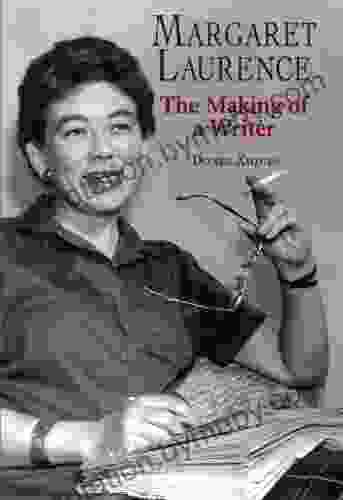
 Will Ward
Will WardMargaret Laurence: The Making of a Writer
Margaret Laurence (1926-1987) was one of...

 Jorge Amado
Jorge AmadoThe ABCs of Property Management: A Comprehensive Guide...
Owning and managing rental...
4.1 out of 5
| Language | : | English |
| File size | : | 5824 KB |
| Text-to-Speech | : | Enabled |
| Enhanced typesetting | : | Enabled |
| Print length | : | 218 pages |
| Screen Reader | : | Supported |


